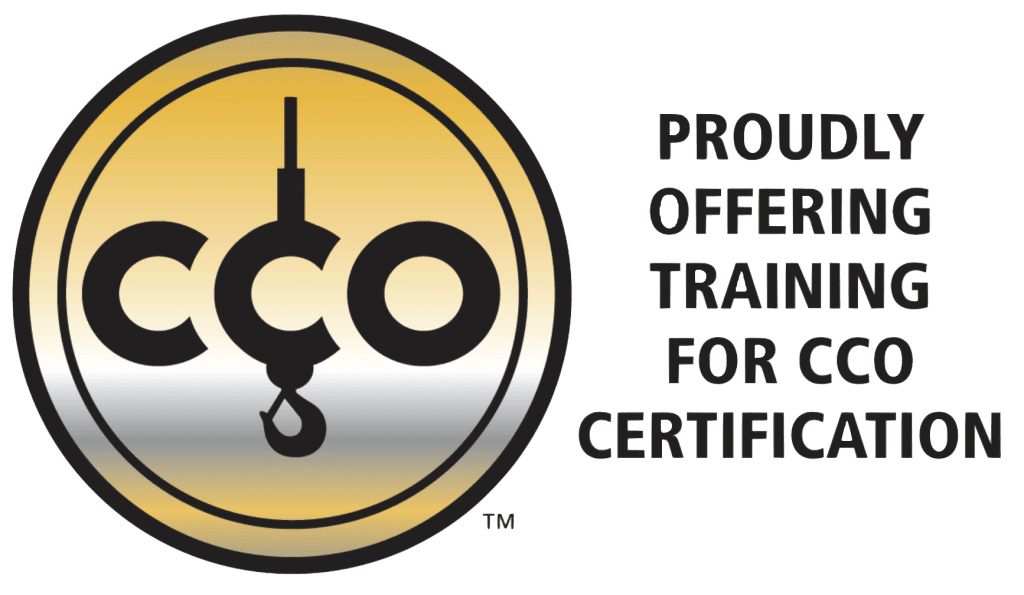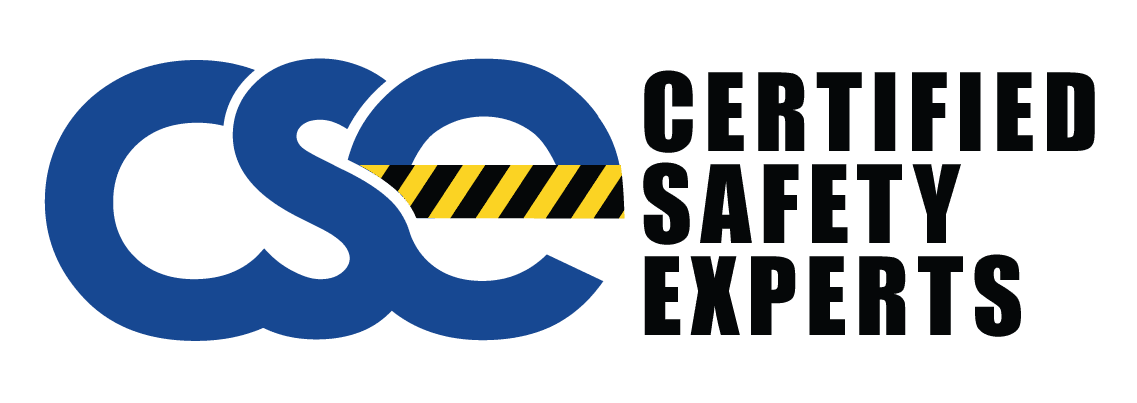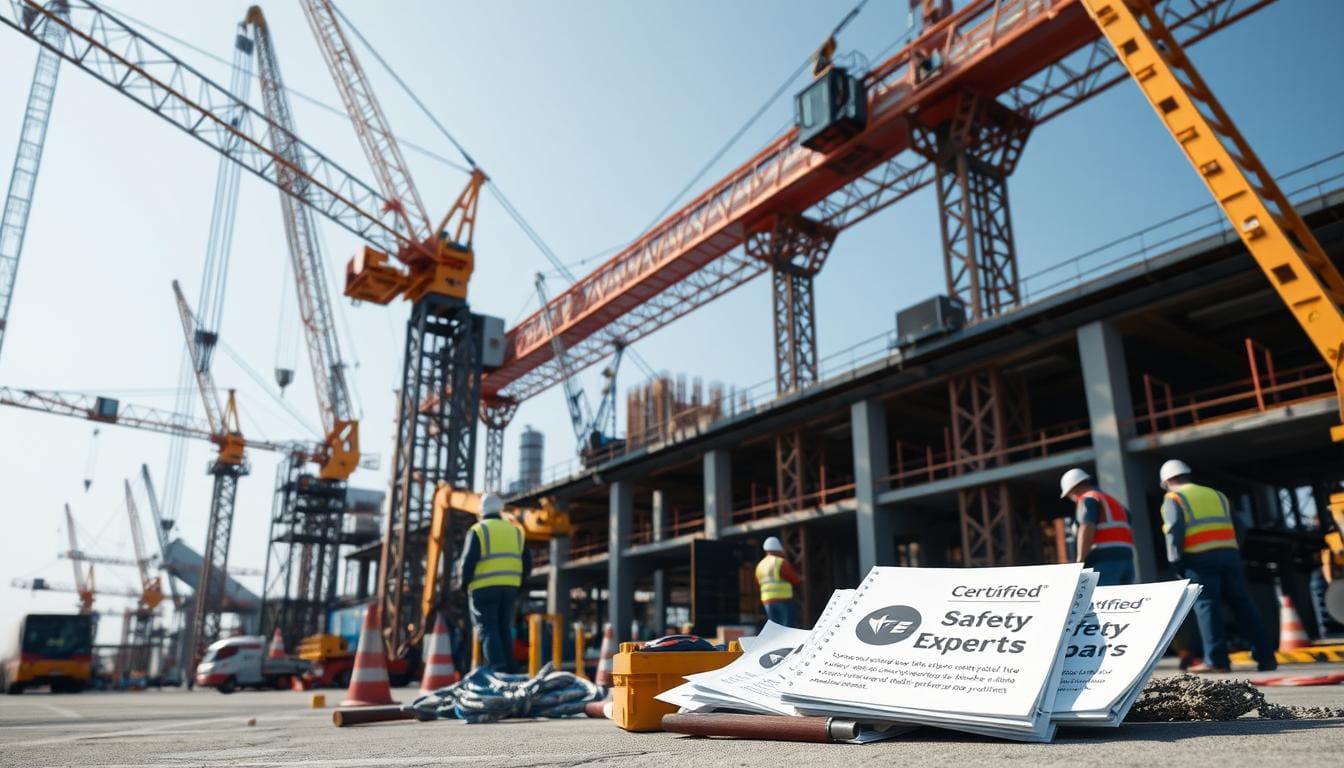Have you ever thought about how important crane inspection standards are in stopping workplace disasters?
Following crane inspection standards keeps crane operators safe and meets key safety regulations for cranes. It helps avoid mechanical failures and legal issues. Regular checks are key to a safe work area, making sure everything follows industry and government rules.
Knowing how crucial compliance with crane inspections is can cut down on accidents and boost work efficiency. By using the right crane inspection procedures, companies can build a safe, compliant, and reliable work culture.
Key Takeaways
- Crane inspection standards are vital for ensuring workplace safety.
- Compliance with safety regulations for cranes prevents mechanical failures and legal liabilities.
- Regular crane inspections are necessary to meet industry and government standards.
- Proper crane inspection procedures reduce the risk of workplace accidents.
- Following these guidelines fosters a culture of safety and reliability.
Understanding Crane Inspection Standards
Following crane inspection standards is key for crane safety and efficiency. These standards aim to reduce risks and improve performance with regular inspections.
Overview of Crane Inspection Standards
Crane inspection standards cover various types of checks. These include regular, periodic, and other evaluations. They focus on examining structural parts, control systems, and safety features.
Importance of Crane Inspection Standards
Crane inspection standards are very important. They help prevent accidents, cut down on downtime, and make the equipment last longer. Using a detailed crane inspection checklist is crucial to meet these goals.
Key Regulatory Bodies and Guidelines
Many regulatory bodies set crane inspection best practices. OSHA and ANSI are key ones. They provide clear criteria for inspections and following their rules is vital. This ensures inspections are thorough and meet legal standards.
OSHA Guidelines for Crane Inspections
Following OSHA guidelines for crane inspections is key for safety and efficiency. OSHA has strict rules to protect workers and equipment. Knowing these rules helps make a safe and compliant work area.
Core OSHA Regulations for Cranes
OSHA has clear rules for crane inspections. These include:
- Initial checks before first use
- Annual detailed checks by trained experts
- Regular checks based on crane use and environment
- Keeping detailed records of each check
Compliance Requirements
To meet crane inspection requirements, you must follow important steps. Inspections must happen at set times, and all results must be documented. These checks should look at:
- Structural parts and how they handle loads
- Electrical systems and safety features
- How the crane works and its controls
- Sling and hoist condition
Common OSHA Violations in Crane Inspections
Not following OSHA rules can lead to big problems. Common mistakes are:
- Not doing regular checks
- Poor record keeping
- Not fixing or replacing broken parts
To prevent these problems and avoid fines, stick to crane maintenance and inspection protocols. Check your methods often to make sure they meet OSHA standards. This keeps workers and equipment safe.
Creating an Effective Crane Inspection Checklist
Keeping cranes safe and working right is key for construction and industrial work. A detailed crane inspection checklist is crucial. This guide will help you make and keep up with these checklists.
Essential Items for Your Crane Inspection Checklist
When making a crane inspection checklist, focus on important parts and how they work. Here are the must-haves:
- Check the hoisting and lowering parts
- Make sure the control system works well
- Look for damage or wear on the structure
- Check safety gear like limit switches and overload protection
- Inspect electrical and hydraulic systems
Best Practices for Using a Crane Inspection Checklist
Using crane inspection best practices is key for a detailed check. Follow these tips:
- Have qualified people do routine checks
- Write down all findings, especially any issues or repairs needed
- Use digital tools for quick updates and easy access
- Get different team members to check over everything
Maintaining Updated Checklists
It’s important to keep your crane inspection checklist current with new standards and findings. Here’s how:
- Update the checklist with new rules and changes
- Add feedback from inspections to make it better
- Keep training up for staff on new procedures and checklist changes
Using these tips for making and using a crane inspection checklist will help you do a complete check. This makes operations safer and keeps you in line with the rules.
Best Practices in Crane Inspection
Following best practices in crane inspection is key for safety, meeting standards, and keeping cranes running well. This part will cover important steps, rules, and standards for crane safety.
Conducting a Thorough Crane Inspection
Starting with a detailed crane inspection is vital. It checks the crane’s structure and how it works. Important tasks include:
- Looking for any wear, damage, or changes in shape.
- Testing to make sure mechanical and electrical parts work right.
- Checking key parts like hooks, wire ropes, and sheaves.
- Making sure safety gear and emergency controls work.
This makes sure the crane is safe and works well, lowering the chance of accidents.
Crane Maintenance and Inspection Protocols
It’s crucial to follow crane maintenance and inspection rules to make the equipment reliable and last longer. These rules often include:
- Regular oiling and greasing of moving parts.
- Changing parts that wear out.
- Keeping detailed records of maintenance and checks.
Sticking to these rules helps avoid sudden breakdowns and makes cranes last longer, keeping them working without stops.
ANSI Standards for Crane Inspections
The American National Standards Institute (ANSI) has rules for crane inspections. These rules help keep cranes safe and working well. They also match OSHA rules, making safety even stronger. Important points are:
- Clear rules for initial, regular, and detailed inspections.
- Guidelines for keeping records.
- Rules on using trained and certified inspectors.
Using ANSI standards for crane inspections makes sure checks are done right and often. This builds a safe and compliant work environment.
Crane Inspection Requirements
Knowing what crane inspections need is key for keeping things safe and following the rules. These checks cover everything from the first look to regular ones. They make sure cranes work right and follow safety rules.
Initial Inspections: Before cranes start working, they must go through detailed checks. This makes sure every part is up to standard and safe.
Frequent and Periodic Inspections: Cranes get checked often, like every day or week, on important parts like hooks and ropes. Then, there are deeper checks at regular times, like every month or year, to look over the whole crane.
- Operational Triggers for Special Inspections: If something strange happens, like bad weather or a crash, special checks are needed. This makes sure the crane is still safe.
- Documentation and Record-Keeping: Keeping detailed records of all checks, fixes, and upkeep is a must. These records prove you’re following the safety rules and help track crane inspections.
Following strict crane inspection steps helps follow safety rules and lowers accident risks. This makes the workplace safer for everyone.
Conclusion
Following crane inspection standards is key to keeping people safe and making work run smoothly. It’s not just about following the rules. By using OSHA guidelines for crane inspections, companies can avoid mistakes and make the workplace safer.
Using best practices in crane inspection is crucial. This includes detailed checklists and sticking to ANSI standards. Regular and thorough inspections help spot problems early, protecting the equipment and the people who use it. By following these practices, cranes work better, with less downtime and less risk.
It’s important to take steps to ensure safe crane use. Regular service checks by calling (919) 326-3742 help make sure cranes are safe and up to code. By following crane inspection standards and OSHA guidelines, you can create a safe and efficient work environment.




